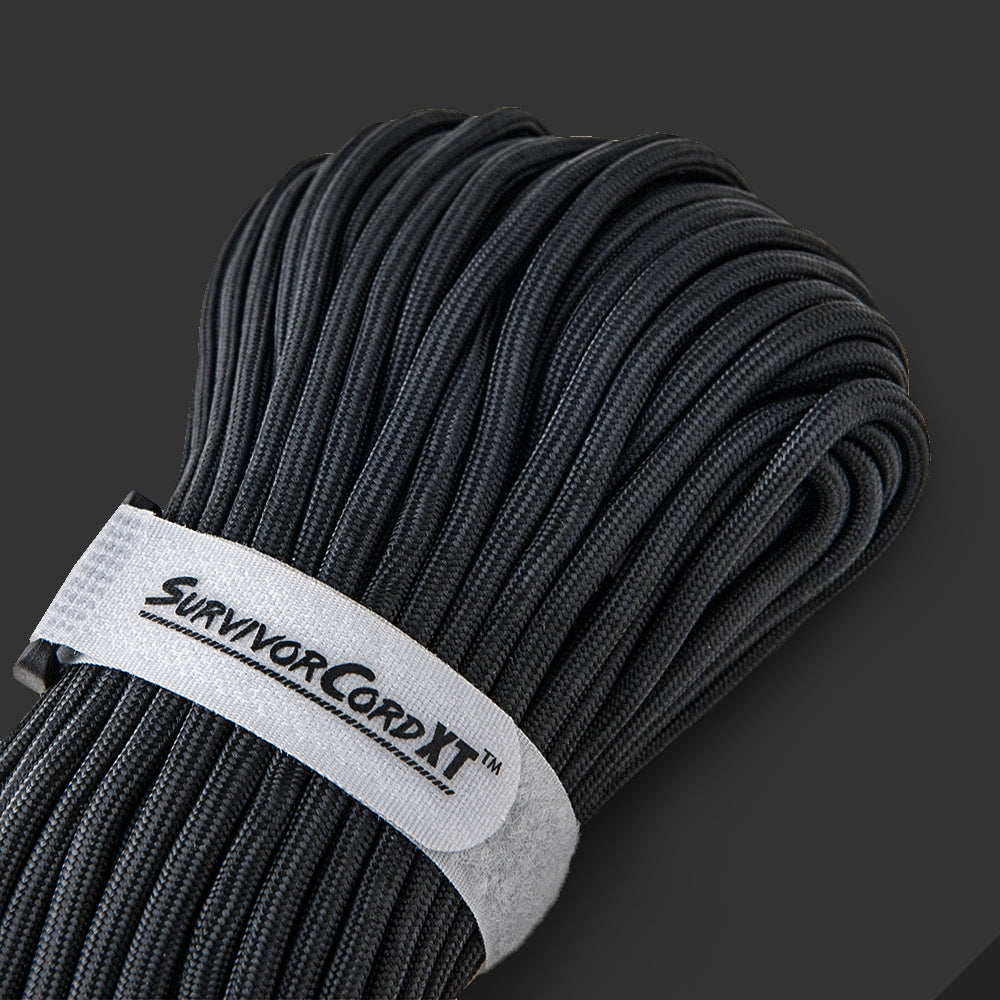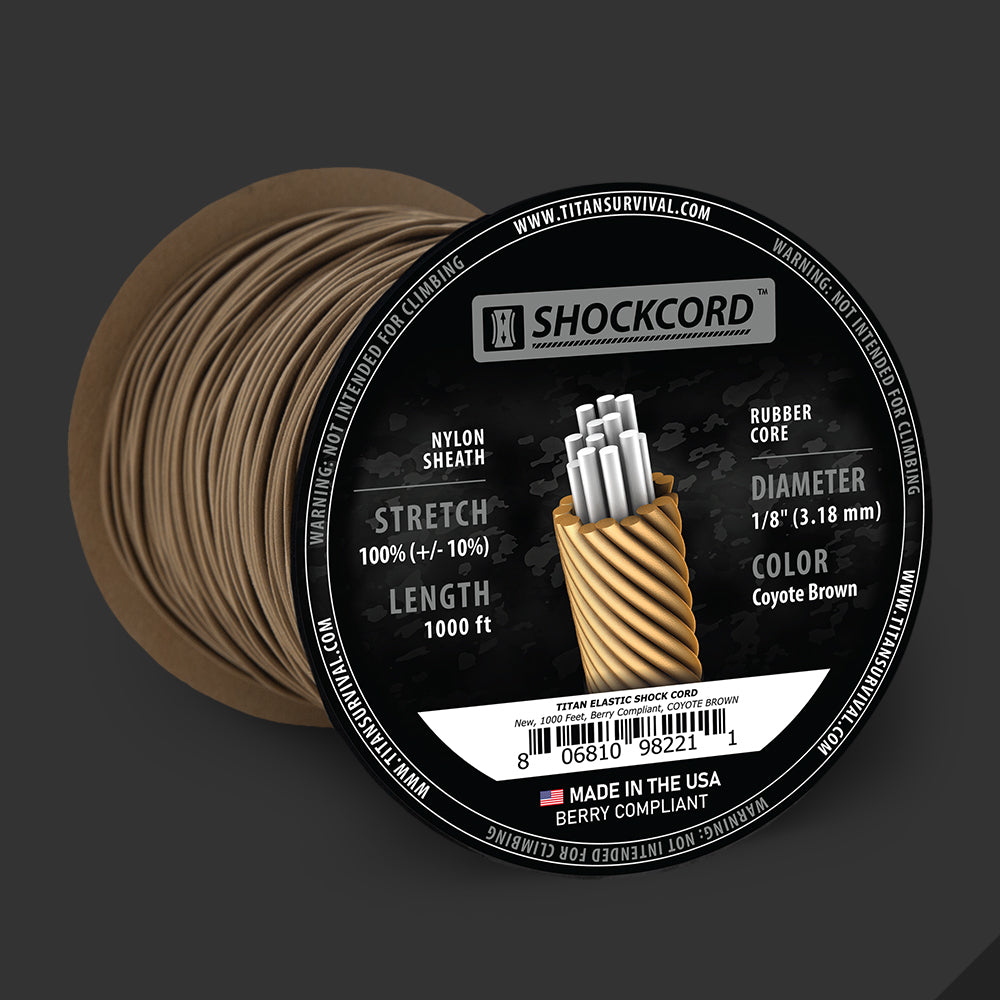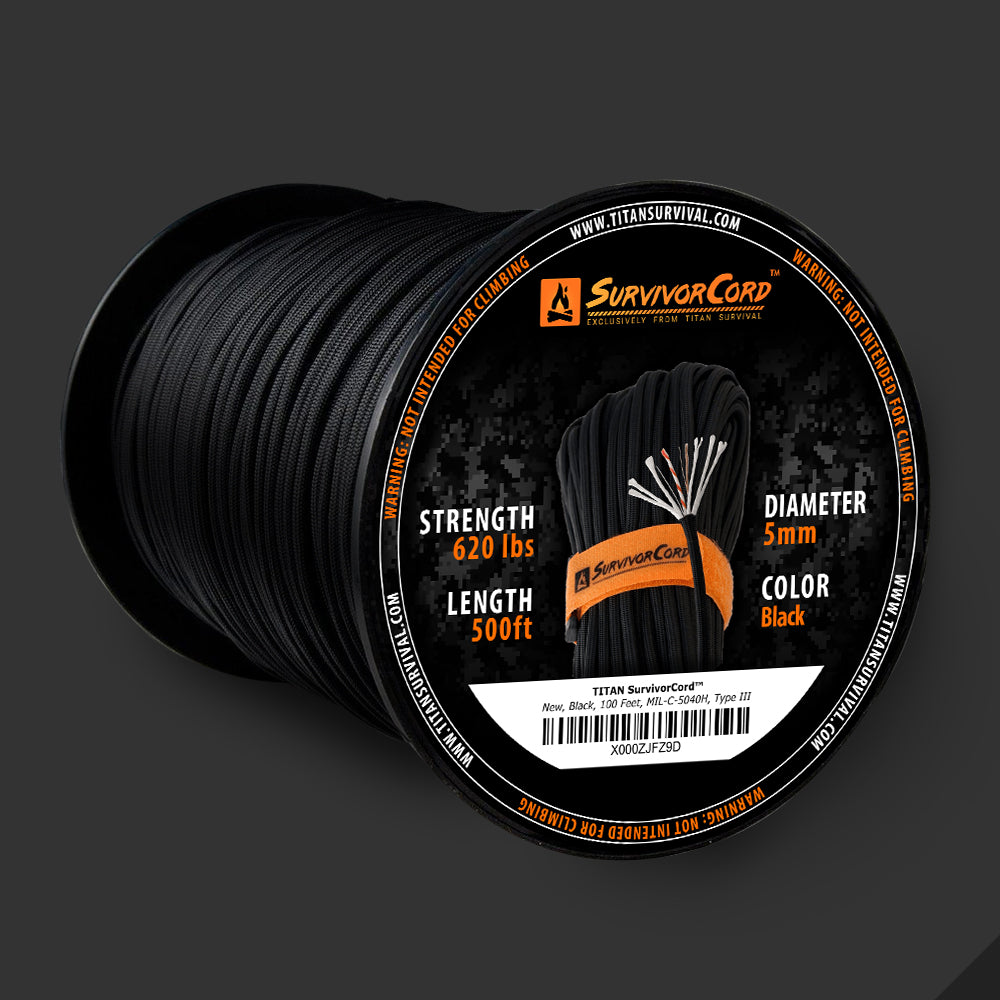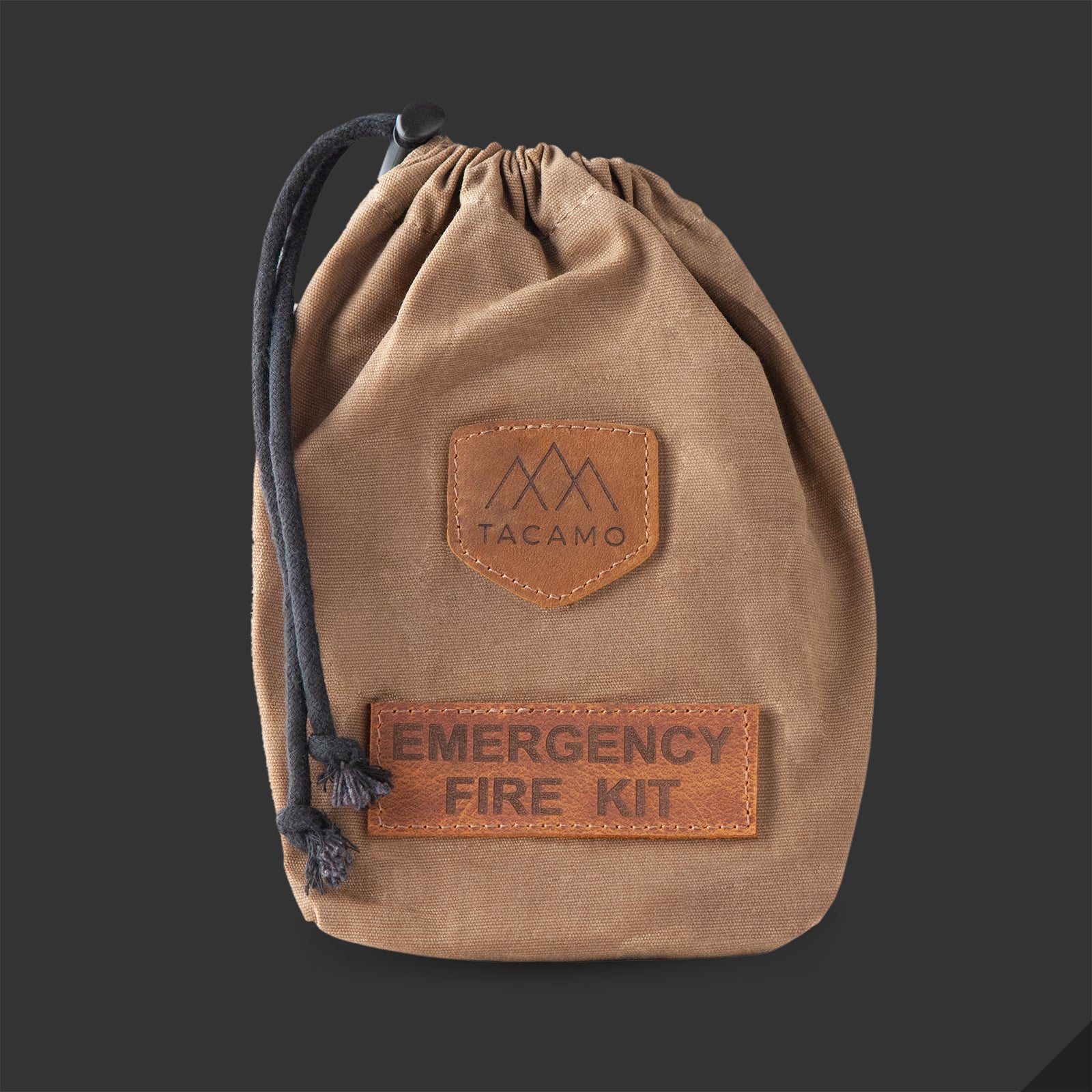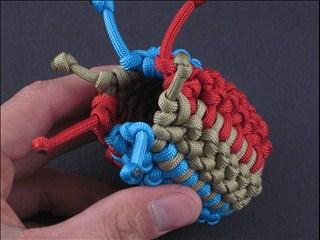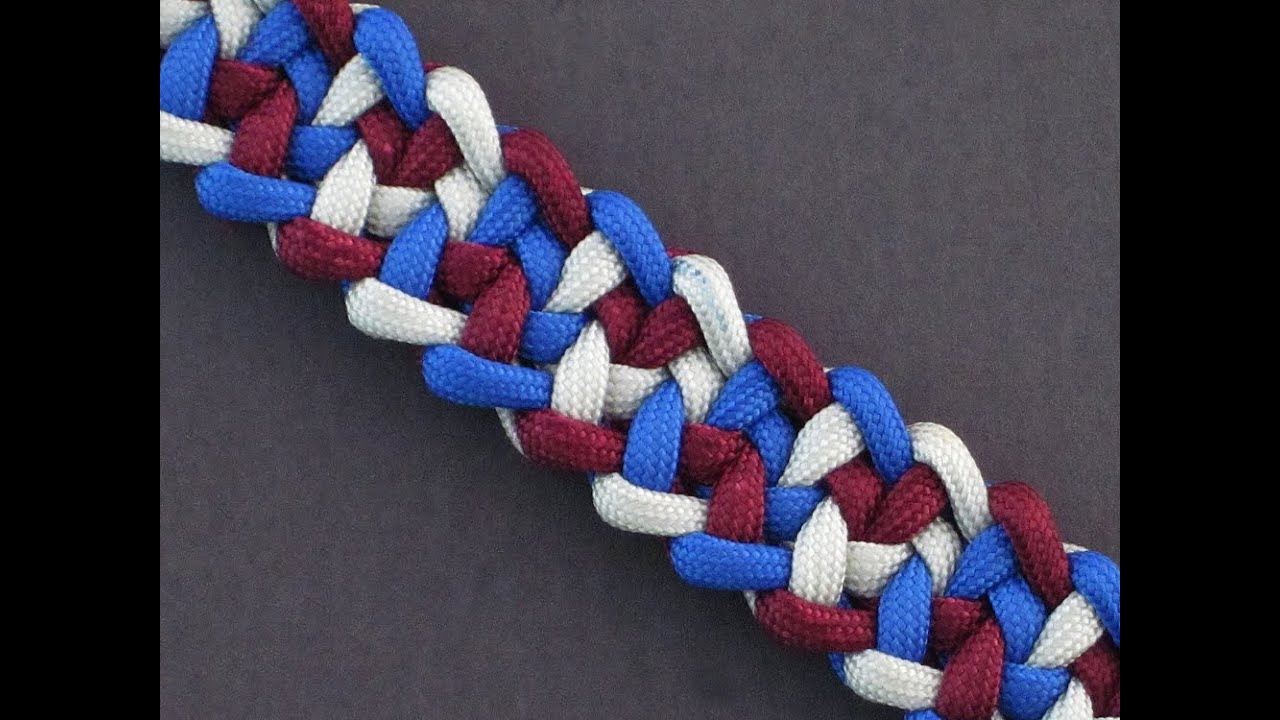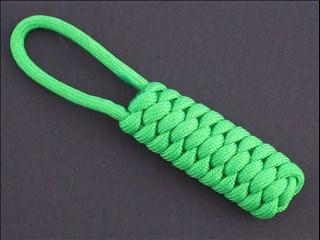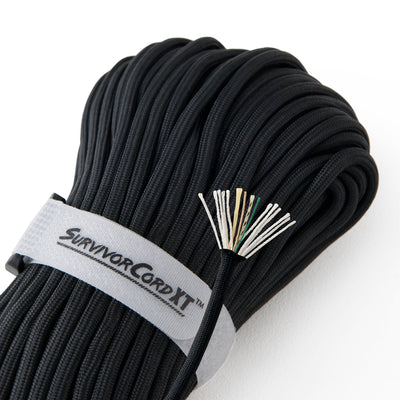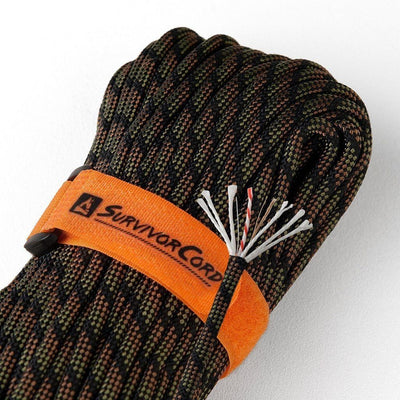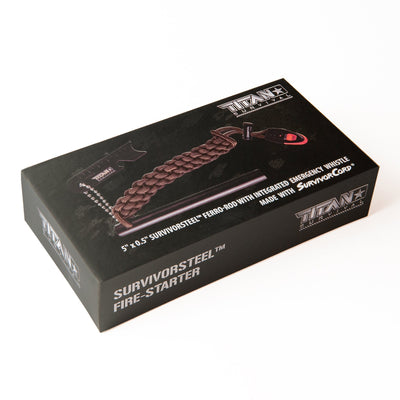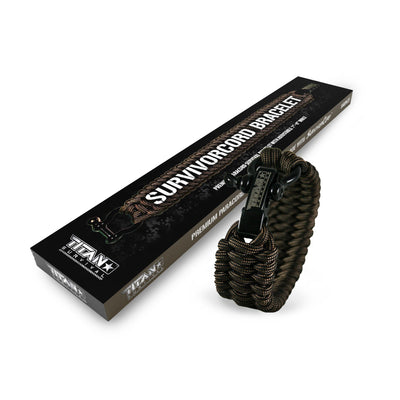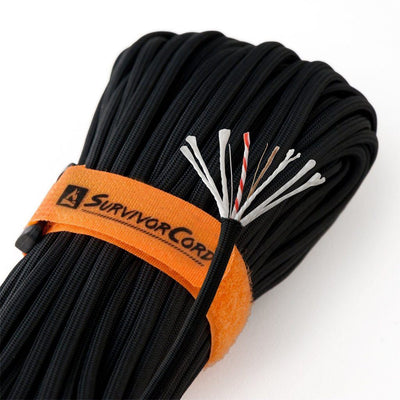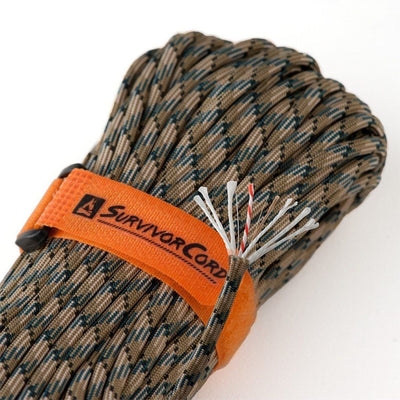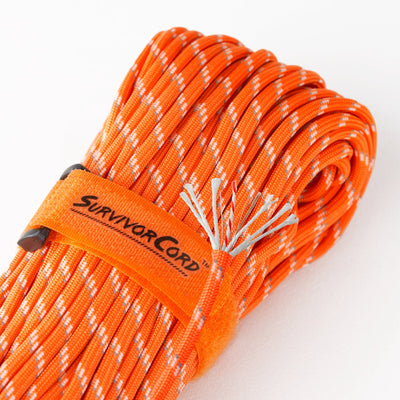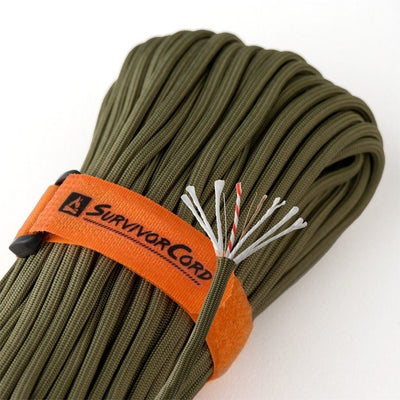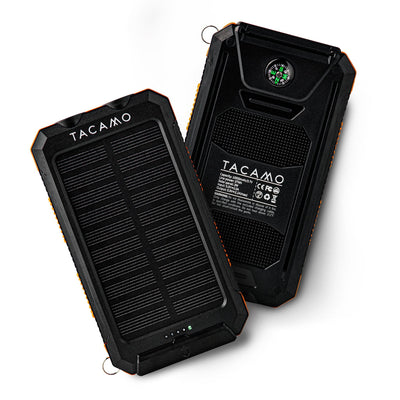Learn how to make a paracord Celtic bar bracelet in this video presented by Tying It All Together. Individualize your paracord Celtic bar bracelet by using different colors. You can make a Celtic Bar Paracord Bracelet using just three pieces of parachute cord.
This article will go over step by step on how to make a paracord Celtic bar bracelet. This bracelet uses the Celtic bar technique and consists of a simple looped base, a square knot as a lock, and a two strand diamond knot that for a clasp. All you will need to make this Celtic bar bracelet is three pieces of paracord six feet in length. You can make your bracelet unique by choosing different colors to use. For explanation purposes red, white, and blue paracord will be used.
Once you have your three strands of paracord, the next step is to make a simple looped cord base. Start by holding all three pieces of paracord, placing them on top of each other. This bracelet will have blue on top, red in the middle, and white on the bottom. Find the center point of the paracord and hold it in place with both hands a few inches from the center. Make sure the paracord is straight and not twisted.
Using your right hand, bring the red and white cords over the center point of the blue cord and behind. Using your left hand, bring the blue cord on the left towards you over the top of the red and white cords. You should have the blue cord looped over the top of the red and white cords at the center point. Now take the red and white cords on both sides of the blue cord and bend them down over the cross on the blue cord. Wrap the front red and white cords behind the back red and white cords pulling them to their respective sides, tightening them down on the blue cord. There should be a small blue loop on the top. Adjust the loop so that is about half an inch long by gently pulling on the side of the loop.
Next is the Celtic bar technique, which will give the bracelet its design. Take the right blue cord around the front over the right pair of red and white cords, hold in place using your right hand. Take the left blue cord and work behind the left red and white cords, coming around to the front and over the top of the right blue cord to the right. What was the right blue cord is now the left and the left blue cord is now the right.
Now take the right pair of red and white cords over the top of the right blue cord towards the left. Take the left pair of red and white cords and work them under the left blue cords and over the right pair of red and white cords. The red and white cords should be on opposite sides now, with the right on the left and the left on the right. Push the previous “over” weave on the blue cord forwards and lightly tighten weaves. Repeat the Celtic bar technique, adjusting each weave before moving onto the next, until your desired length is reached.
Once your desired length is reached, the square knot can be made, which acts as a lock on the bracelet. To make a square knot, starting on the right with the blue cord facing away from you, create a loop by bringing the end of the blue cord over the front of the red and white cords towards the left. Take the blue cord on the left and go over the right blue cord, which is now on the left, and behind the red and white cords and through the loop on the right side. Adjust and pull blue cords tight. Repeat starting on the left side. Adjust and tighten knot firmly, then cut and singe the ends of the blue cord as close to the knot as possible. Snip and singe one of the red cords and one of the white cords.
The last thing to do is the two-strand diamond knot. Start by taking the red cord and creating a circle, with the tail end behind the circle. Take the white cord and make an upside down loop, taking the tail end up, over, and behind the red cords tail end. Then put the tail end of the white cord through the front of the hole created by the red cord, and then through the backside of the loop created by the white cord, and back through the red circle.
Take the white cords end and working from front to back, put the end through the opening where the red cord crosses. Take the red cord and working from back to front put the end through the same opening. Pull the down knot tight and firm, and then cut and singe the remaining ends as close to the knot as possible. That’s it! Now try doing it yourself with our patented TITAN SurvivorCord or our MIL-SPEC WarriorCord.


